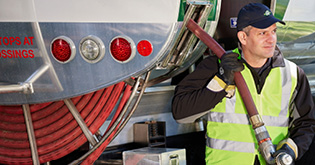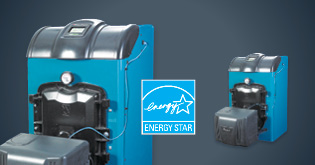
When is the right time to hire a Plumber?
 Plumbing issues can
be very, very big ones. Small leaks can lead to major inconveniences, but if you leave those leaks unattended they can become repairs that can be costly.
Plumbing issues can
be very, very big ones. Small leaks can lead to major inconveniences, but if you leave those leaks unattended they can become repairs that can be costly.
Whether you live in an old home or a newly-built property, it’s crucial to stay on top of your plumbing system. A close eye on your piping can help you avoid costly repairs in the future.
Here are some signs that you may need repairs on your plumbing system:
Leaks, drips, or reduced flow.
Drips - When you turn off your faucet, check to see if there is still a drip. A persistent drip means the valve system is either aging or failing and can lead to a leak later on down the road.
Leaks - A leaky pipe can cause structural damage to wherever it flows. If water flows through the floor it can break down ceilings and structural beams by causing mold or breaking down building materials.
Reduced flow - Reduced flow can be a sign that a pressure leak is taking place somewhere along your plumbing lines. This is often an issue that develops over time but can become an extremely expensive repair job—especially if it turns into a leak that seeps into the walls or floors of your home.
Your home’s plumbing is a complex system of piping that runs throughout the home. That is why it’s crucial to call a professional plumber to diagnose and fix the issue at the source.

Stains or a buildup of deposits can signal a larger issue at hand.
In some areas, drinking and washing water is filtered due to metal deposits. If the filtration system for your home’s water isn’t properly installed or is failing, you’ll find staining or deposit buildup around metal fixtures.
Again, hiring a professional to inspect your plumbing is important. They are able to effectively inspect not only the piping you can see but all that is hidden within the walls and flooring of your home to find the source of the problem.
Outdoor hose connections.
Most all homes have at least one outdoor hose connection to water gardens and lawns. While many outdoor water systems are outfitted with anti-frosting materials—to prevent pipe bursting—it’s crucial to check outdoor spigots for leaks and drips.
That’s because issues with outdoor plumbing can eventually reach the entirety of your plumbing system, generating an overwhelmingly expensive repair job.
There are several signs to watch out for in regards to outdoor watering systems:
Rattling Bibs - The hose bib is essentially the faucet a hose connects to. If the bib rattles when you turn the water on, it can eventually cause leaks in the rest of your plumbing.
Persistent Drips - If you turn the water off outside and water still drips out, that could mean the valve system for your outdoor water supply is defective. This could also indicate valve systems throughout the house are also failing.

Piping and tubing maintenance and replacement.
Water pipes are made of many different materials, from lead and copper for older homes, to PVC and other types of plastic for more modern homes. While these materials are typically very durable, use over time can break down these pipes which can lead to leaks and bursting later on.
Residential water systems are often under high pressure, so that means even small nicks or cuts—such as during a home improvement project—can lead to devastating leaks and pipe bursts in the future.

Main shut off valves - An investment in your home.
Many homes have a main shut off valve. This mechanism allows you to completely block water flow into your house from municipal or well water systems.
If you do not have a main shut-off valve, consider having one installed. An investment in a main shut-off valve will allow you to turn off the water if a leak or burst pipe starts wreaking havoc on your home. A professional plumber will be able to install a main shut-off valve for your water system.



.jpg)
.jpg?sfvrsn=38eb02bb_5)